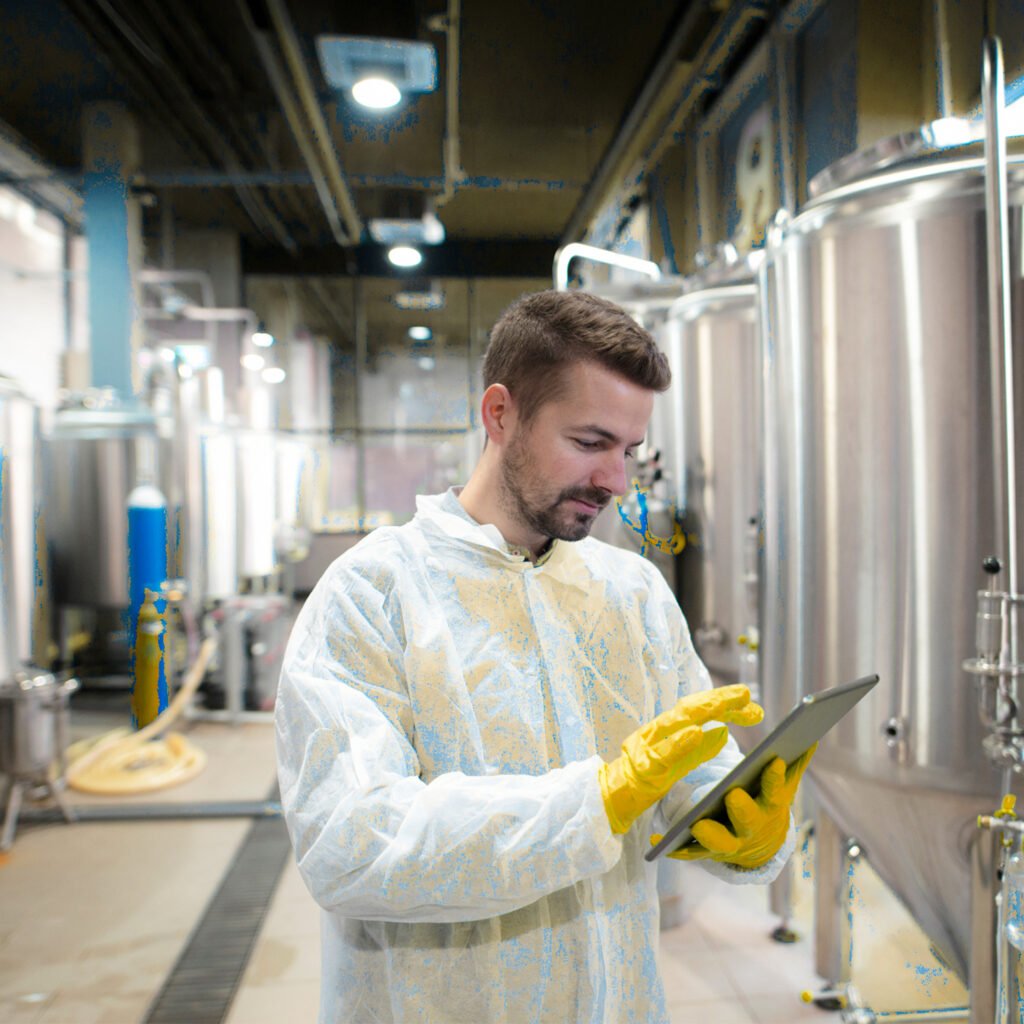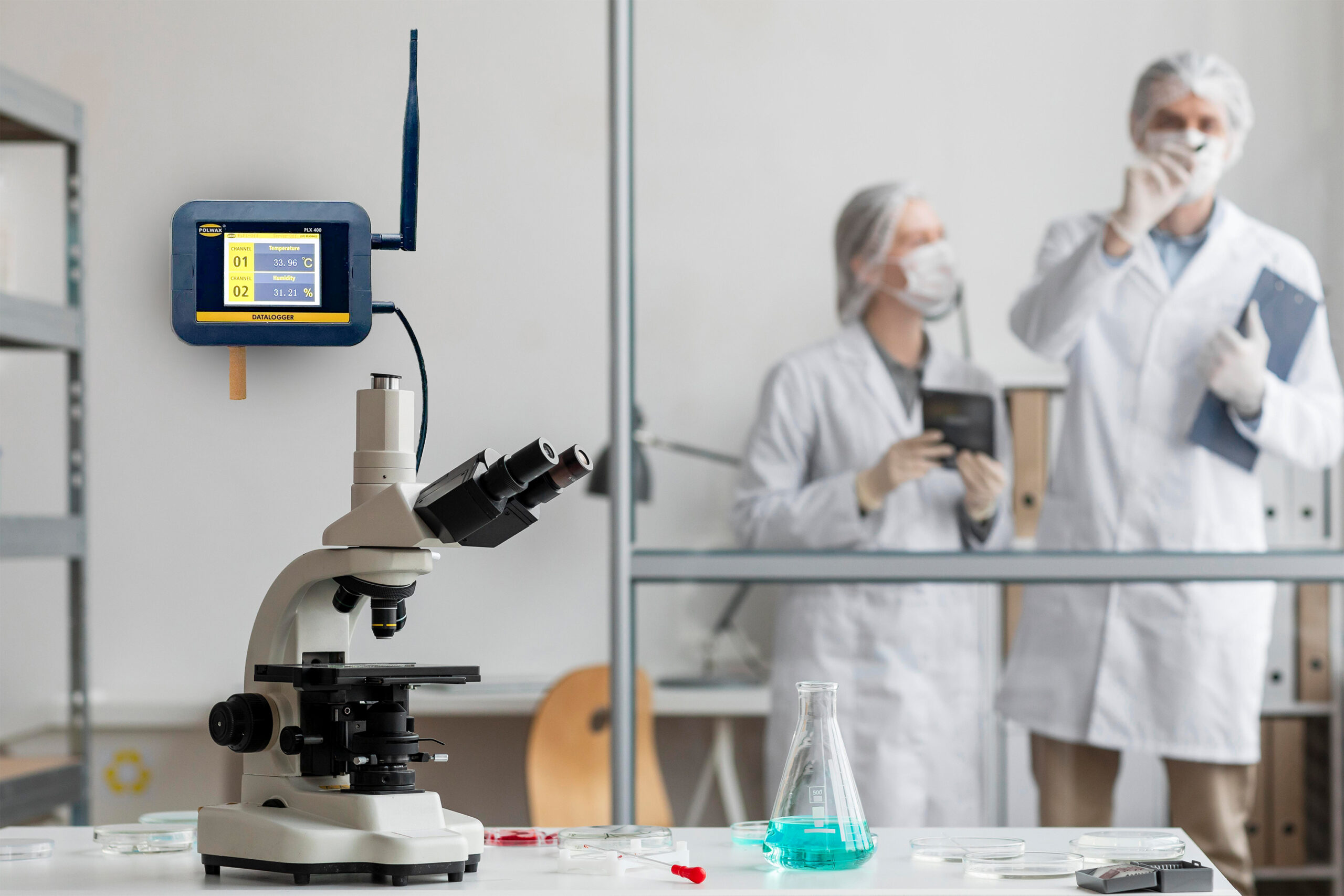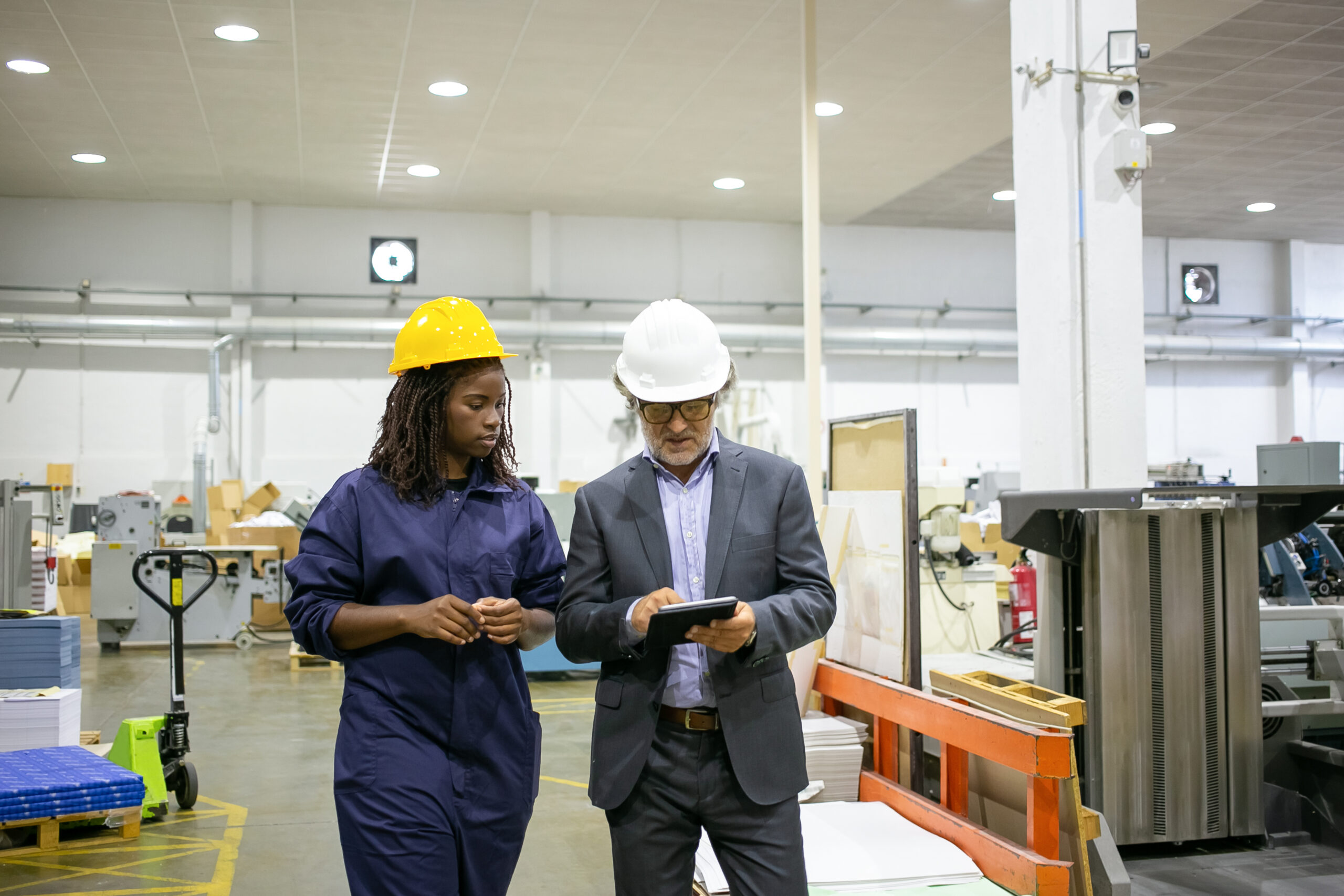Pharmaceutical Industry
Instrumentation for the Pharmaceutical Industry
The period after World War II was the golden age of the pharmaceutical industry. Big pharmaceutical companies like Merck and Eli Lilly have released new antibiotics, vaccines and medicines at an amazing rate, radically changing people’s lives for the better. Today, however, innovations in the pharmaceutical industry are very different. Tighter regulations, expiring patents and the rise of genomics have all impacted the industry. The trend to contain health care costs is fueling a fierce debate about access to expensive medical services. Health care managers are increasingly involved in formal decision making. Pharmaceutical companies must provide more evidence-based information about health effects to justify a particular treatment or drug. Value must be communicated to all stakeholders: insurers, healthcare providers and patients. Collaboration between bioinformatics and marketing is essential to develop marketing materials for each target group, focusing on evidence and positive health effects. Pharmaceuticals should communicate those efforts throughout the internal business, from the labs to the factory floor to the executive level in order to harness the full potential of new processes and become digitized.

Pharmaceutical

The process of producing pharmaceutical products, including solid dosage forms, injectables, and biologics. Role of Temperature & Humidity Transmitters: Ensure optimal environmental conditions during manufacturing processes to maintain product stability and integrity.

Activities aimed at ensuring that pharmaceutical products meet required quality standards.Role of Temperature & Humidity Transmitters: Monitor temperature and humidity levels in storage and testing areas to ensure compliance with regulatory standards and prevent contamination.

Managing the storage and transportation of pharmaceutical products. Role of Temperature & Humidity Transmitters: Track and record environmental conditions during storage and shipping to ensure medications remain effective and safe throughout their shelf life.

The phase where new drugs and therapies are developed and tested. Role of Temperature & Humidity Transmitters: Maintain precise environmental conditions in laboratories and testing facilities to ensure reliable results in experiments and trials.
Sensors for Pharmaceutical Industry
The pharmaceutical sector works in a setting where precision, sterility, and safety are strictly regulated. Pharmacies, medications, and high-purity water are produced using polwax sensors because they are dependable and simple to maintain. Pharmaceutical companies must provide more evidence-based information about health effects to justify a particular treatment or drug. Value must be communicated to all stakeholders: insurers, healthcare providers and patients. Collaboration between bioinformatics and marketing is essential to develop marketing materials for each target group, focusing on evidence and positive health effects.
Instruments Used in the Pharmaceutical Industry
Temperature and Humidity Transmitters
Temperature and humidity transmitters are critical devices used to measure and monitor environmental conditions in various applications, including pharmaceuticals, food storage, HVAC systems, and manufacturing processes. They provide real-time data that is essential for maintaining optimal conditions for product quality and safety.
Temperature Sensor: Measures temperature, commonly using thermocouples or thermistors. Humidity Sensor: Measures relative humidity, often using capacitive or resistive sensing technologies. Transmitter: Converts the sensor data into a standardized electrical signal (analog or digital) for further processing or display. May include a built-in display to show real-time readings or can be connected to external monitoring systems for data visualization.
Cleanroom Monitoring Systems
Cleanroom monitoring systems are essential for maintaining the controlled environments required in cleanrooms, which are specialized spaces designed to minimize contamination and maintain specific environmental conditions. These systems continuously monitor and record key parameters to ensure compliance with industry standards and regulatory requirements.
Particulate Matter Sensors: Measure the concentration of airborne particles to ensure cleanliness. Temperature and Humidity Sensors: Monitor environmental conditions to maintain optimal settings for specific processes. Pressure Sensors: Monitor differential pressure between cleanrooms and adjacent areas to prevent contamination ingress.
Mobile Dataloggers
Mobile dataloggers are portable devices designed to collect, store, and transmit data from various sensors and systems in real-time. They are widely used in industries such as pharmaceuticals, food and beverage, HVAC, and environmental monitoring to ensure compliance with standards and optimize processes.
Monitors environmental conditions during drug manufacturing and storage to ensure product quality and regulatory compliance. Used in clinical trials to track temperature and humidity conditions in storage and transportation of sensitive medications. Many modern mobile dataloggers offer Bluetooth, Wi-Fi, or cellular connectivity for seamless data transfer and remote monitoring.
Clima Datalogger
The highlights of POLWAX CLIMA Connect include wireless connection, high autonomy, and flexibility for different types of sensors. The value addition is completed by the large display, portability, and simple installation. Mobile device configuration and data downloading are also possible.



